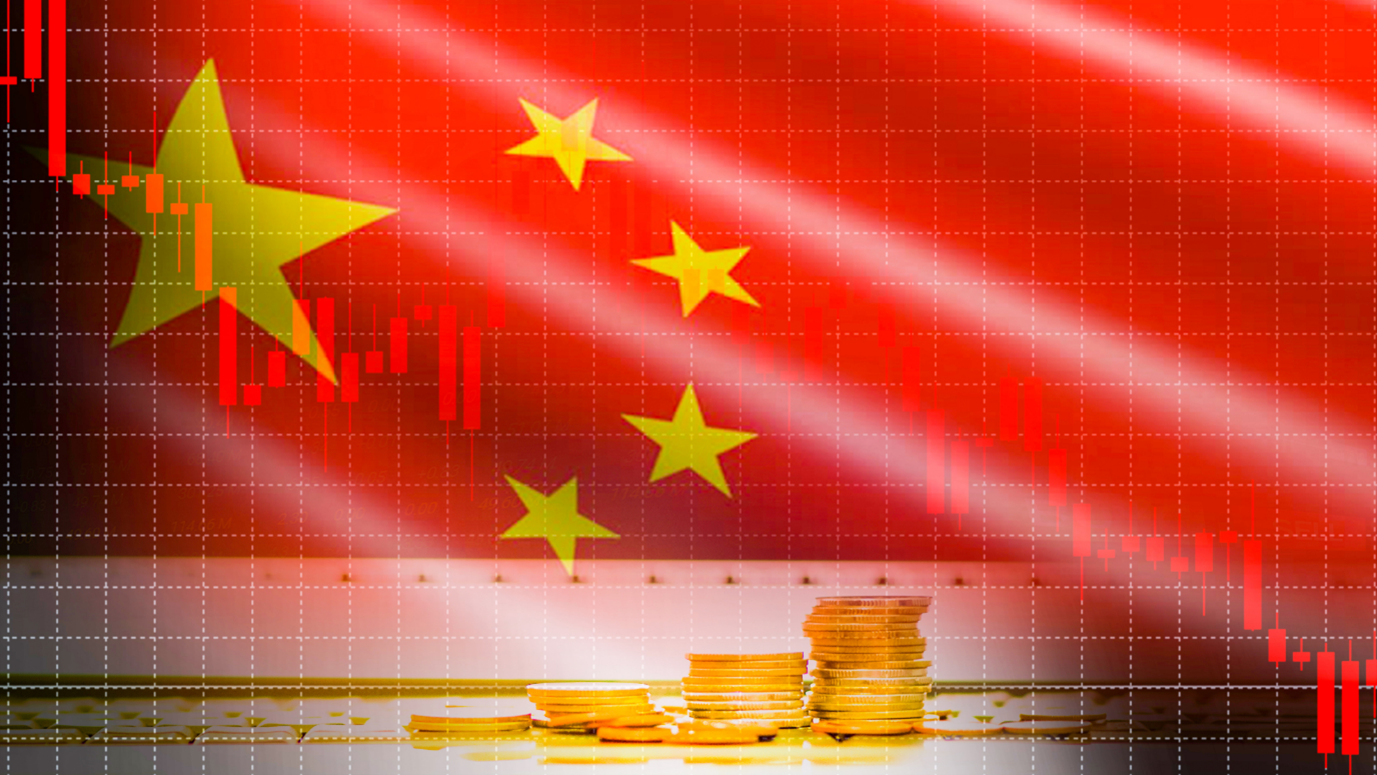LynniCapital Markets and Financial Advisory Servicesce Ng, Head of Marketing
Lynnice develops the marketing strategy for the MAS-licensed, Shanghai-headquartered brokerage firm based in Singapore, Orient Futures Singapore, and leads the team to execute sponsorship of events aligned with brand and business objectives.
With a Bachelor of Business degree and a Master of Arts (Contemporary China) from Nanyang Technological University, certificates of Capital Markets and Financial Advisory Services (CMFAS) Module 2A and Module 6A, she is passionate about the financial services industry and takes pride in providing value to clients and all, in the areas of content and events.
Soon Yujian, Marketing Associate
Yujian is the content strategist and writer in the marketing department of Orient Futures Singapore.
With a Bachelor’s degree in English from Nanyang Technological University, he gathers insights about the derivatives industry and turns them into bite-sized news. He enjoys researching market news, industry trends, and reports. His research expertise is also readily presented in articles such as the QFI scheme, and informative articles such as the FIA article series.
Exchange-traded derivatives are financial contracts that are listed and traded on a regulated exchange, which acts as a counterparty for trades between buyers and sellers. These financial derivatives are inclusive of a wide spectrum of products such as commodities, equities, indexes, or currencies.
As a brokerage firm, Orient Futures Singapore connects clients to these exchanges to trade these products of interest. More importantly, through memberships and overseas intermediary qualifications, a brokerage firm’s role is crucial to enable efficient trades.
To understand more about ETDs, this article will highlight the key components of Chinese ETDS and the development of Chinese Futures.
Why are Exchange-Traded Derivative Appealing to Investors
In comparison to Over-The-Counter (OTC) products, exchange-traded derivatives are regulated. This is the first appeal to investors as it eliminates the possibility of default risk. To elaborate, all three parties, the trader, the exchange/clearing parties, and the brokerage are subjected to certain forms of standardization and regular audits. This will allow investors to invest funds securely into licensed and integrated systems.
Subsequently, the liquidity from these products and the variety of strategies that can be applied both serve as attractive offers for investors.
Lastly, ETDs in the form of futures contracts often follow clear rules. In a bid to structure the industry and boost international trade, China has implemented the Futures and Derivatives law. Currently, drafts are revised, and changes are implemented almost on a quarterly basis. For more information regarding China’s Landscape, refer to the FIA spotlight and summary gathered here.
Given regulatory protections, liquidity, and strategic freedom, ETDs remain popular for many traders.

Chinese Exchanges
There are 5 exchanges regulated by the China Securities Regulatory Commission (CSRC). Of these 5 exchanges, Orient Futures Singapore is an overseas intermediary of 3 of them, Dalian Commodity Exchange (DCE), Zhengzhou Commodity Exchange (ZCE), and Shanghai International Energy Exchange (INE).
Dalian Commodity Exchange is known for its commodity futures products, most notably, iron ore futures and palm olein. In December, the exchange also further released Soybean No 1, Soybean No 2, Soybean Meal, and Soybean Oil as internationalized products. These exchange-traded derivatives by Dalian allow traders to gain exposure to commodities products from China as well as for complex hedging and cross-arbitrage strategies. To learn more about how to calculate crushing arbitrage or soybean costs, refer to the article on soybean internationalized products here.
Zhengzhou Commodity Exchange has been the sole exchange that has offered purified terephthalic acid (PTA) as an internationalized futures product. However, in line with the Dalian’s internationalization of products, ZCE has also announced intentions to make amendments to the “Detailed Business Rules for Rapeseed Meal Futures of Zhengzhou Commodity Exchange, the Detailed Business Rules for Peanut Kernel Futures of Zhengzhou Commodity Exchange in accordance with the Futures and Derivative Law of the People’s Republic of China…”. In summary, the exchange aims to internationalize peanut kernel futures and rapeseed meal futures in the upcoming quarters upon soliciting public opinions and approval by the CSRC.
Shanghai International Energy Exchange provides energy futures such as crude oil futures and Low Sulfur Fuel Oil (LSFO). Additionally, the exchange has offered TSR 20 rubber as one of its products traded by the QFI scheme. This ETD product can be cross arbitraged with INE TSR20 Rubber. (a list of products that can be cross-arbitrage from these exchanges is also compiled here.)
Apart from these 3 exchanges, the other two exchanges are Shanghai Futures Exchange and Guangzhou Futures Exchange.
Development of Chinese Futures
Chinese ETDs and futures have increased to fulfill trader demands. One of the most popular indexes includes the MSCI China A50 Index offered by SGX (or the MSCI China A50 Connect (USD) Index Futures offered by HKEX).
Moving forward, more exciting plans are on the way as the recent FIA conference Asia held in October has indicated that aspects such as the futures and derivative law, greater range of products, as well as increased maturity of Chinese Futures, will further speed up the internationalization of products.
Riding on positive sentiments and the gradual opening of China to international traders, it is expected that proper margin methodology, margin efficiency, and FX controls will further encourage more investors to enter the market in 2023.
On Sept 2022, the third China-Japan Markets Forum was held to discuss about collaborative opportunities between both countries. During the Forum, the Shenzhen Stock Exchange (SZSE) and the Japan Exchange Group (JPX) announced plans to jointly carry out investor education and mutual market promotion activities.
Notably, Guangzhou Futures Exchange spearheads China’s edge in energy materials. The exchange has recently launched the world’s first industrial silicon contract and has sought various collaborative opportunities with other Chinese exchanges to rapidly build resources and expertise.
With the plethora of products and plans from China, exchange-traded derivatives will continue to grow, however, it will also be crucial to keep an eye out on the economic conditions in 2023, which is described as a “global recession” and “choppy”.
Start Trading with Orient Futures Singapore
Being an Overseas Intermediary of Shanghai International Energy Exchange (INE), Dalian Commodity Exchange (DCE), and Zhengzhou Commodity Exchange (ZCE), when foreign clients participate in internationalised futures contracts in these Chinese markets with us, they have direct access to trading, clearing, and settlement. Our parent company, Shanghai Orient Futures, is the largest broker in terms of aggregated volume across the five regulated exchanges in China.
Orient Futures Singapore also currently holds memberships at the Singapore Exchange (SGX), Asia Pacific Exchange (APEX), and ICE Futures Singapore (ICE SG).
We provide premium customer service at an affordable cost to all our clients. Our team will be there for you 24 hours on trading days to provide a one-stop portal for all your trades, with simple processes and an intuitive user interface that has low or near-to-zero latency.



